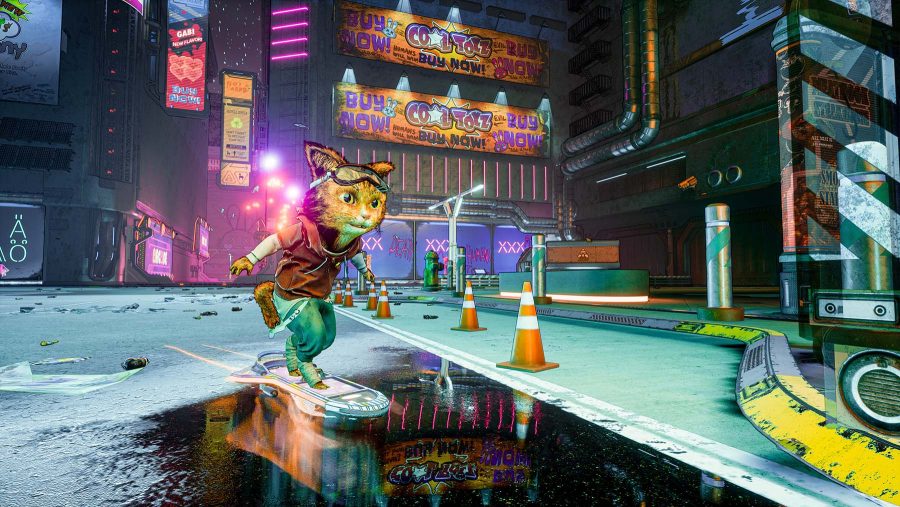Every once in a while a company comes along that completely changes the world. Google is one such company, making the Internet accessible and meaningful to billions of people. So is Facebook, which increasingly connects those billions of people. And then there’s Apple, which has set the standard for what is possible with mobile devices.
Still, it’s too bad Apple can’t be more like Tesla, the electric car company founded by Elon Musk. Because Tesla, unlike Apple, is determined to share its innovations.
Opening Up Innovation
Up until this past week, Tesla was much like Apple. It sought and hoarded patents, proudly displaying its patents on the wall of its Palo Alto headquarters. But last Thursday, Tesla made a bold move: it open sourced its patents. Every single one of them. The reason? As Musk opined on the company’s blog, sharing innovation is better than stockpiling and suing over it:
Tesla Motors was created to accelerate the advent of sustainable transport. If we clear a path to the creation of compelling electric vehicles, but then lay intellectual property landmines behind us to inhibit others, we are acting in a manner contrary to that goal. Tesla will not initiate patent lawsuits against anyone who, in good faith, wants to use our technology.
Nor is this some unselfish act whereby Musk plays the part of global benefactor to others’ innovation at the expense of his balance sheet:
At Tesla, however, we felt compelled to create patents out of concern that the big car companies would copy our technology and then use their massive manufacturing, sales and marketing power to overwhelm Tesla. We couldn’t have been more wrong. The unfortunate reality is the opposite: electric car programs (or programs for any vehicle that doesn’t burn hydrocarbons) at the major manufacturers are small to non-existent, constituting an average of far less than 1% of their total vehicle sales….
Our true competition is not the small trickle of non-Tesla electric cars being produced, but rather the enormous flood of gasoline cars pouring out of the world’s factories every day.
In other words, competitors haven’t caught up. They’re hardly in the game, and for Tesla to truly grow, it needs a vibrant, competitive market in which to build and sell its cars. A consumer that starts with a low-end competitor is more likely to then upgrade to Tesla’s premium brand. Hence, as he stresses, the market would benefit, “from a common, rapidly-evolving technology platform.”
As for concerns over losing Tesla’s edge, Musk quashes that notion:
Technology leadership is not defined by patents, which history has repeatedly shown to be small protection indeed against a determined competitor, but rather by the ability of a company to attract and motivate the world’s most talented engineers. We believe that applying the open source philosophy to our patents will strengthen rather than diminish Tesla’s position in this regard.
It’s a brilliant strategic move and it’s one that would be unfathomable a few miles south in Apple’s Cupertino.
The Mobile Patent Quagmire
Mobile computing has been a morass of patent suits and countersuits for years, nicely summarized by PC Mag’s infographic. With so much money at stake, the reasoning goes, of course companies like Apple, Google and Microsoft would engage in IP jockeying to lock in their share.
And, boy, have they ever. Apple, in particular, has been an active instigator of such suits, and has filed more than 350 cases with the U.S. Patent & Trademark Office since January 2008. Steve Jobs was the heart and soul of Apple and he once famously accused Google of “grand theft” over Google’s Android operating system and threatened that he was “willing to go to thermonuclear war on this.”
Which is exactly what we’ve seen.
While Apple and Google’s former manufacturing arm Motorola thawed the mobile patent warfare in March, agreeing to drop the suits they’d launched against each other, years were lost while Apple and its competitors fought each other in court.
Since the launch of the original iPhone, we’ve seen different screen sizes, more memory, faster chips and sharper resolution, all resulting in fat profits. But real, groundbreaking innovation equal to Apple’s original touchscreen? Not so much. In fact, in 2013 reports surfaced that Apple’s board was concerned by Apple’s slowed pace of innovation.
There’s a very valid argument that Apple doesn’t need to constantly introduce new products, given how much it earns from existing products. Such earnings are fueled, in part, by the patent-encrusted moat Apple uses to defend its profits. No one can look at Apple’s balance sheet and credibly call it a failure.
Innovation Is The Best Protection
Apple should not be lauded for resting on its patented laurels. As Musk noted last week, “If a company is truly relying on patents it means they aren’t innovating, or not innovating fast enough. You want to be innovating so fast [that] you invalidate your prior patents.”
Tesla is doing this. Apple could, too. Apple regularly wows the world with beautiful, brilliant products. Imagine the innovation we might have seen these past few years if Apple were forcing itself and the entire industry to look forward to new developments rather than constantly cashing in on old achievements. It could be advancing the mobile industry far faster while still plumping its bank balance if it, too, opened up its innovations as Tesla has done.
Tesla’s decision to open its patents isn’t dissimilar from what the open-source software world does. Years ago Red Hat CEO Jim Whitehurst pointed out that open source business models align customer and vendor interests by forcing vendors to “innovate or die.” In the open-source world, customers only pay for subscriptions when software is constantly being improved. They only pay when their vendors deliver real value.
That may be a scary proposition for Apple, but given its culture of innovation, it is one Cupertino should welcome.









